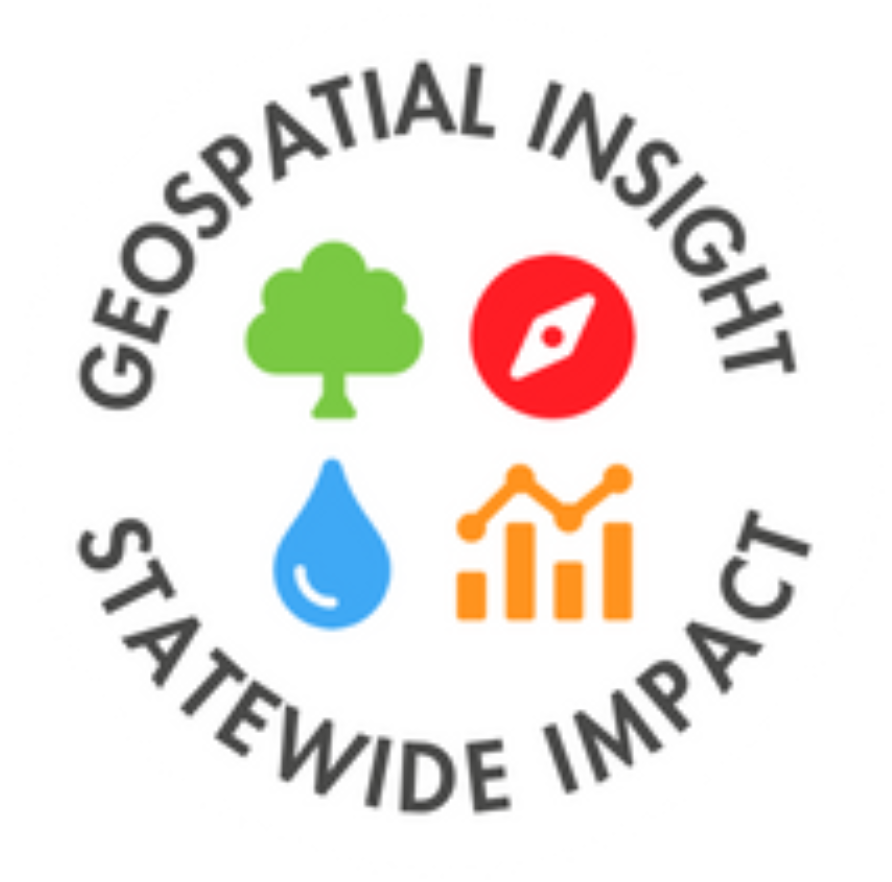
Discover the Power of USGS National Geospatial Resources
In our increasingly data-driven world, Geographic Information Systems (GIS) have become indispensable in shaping the way we understand and interact with our environment. Whether it's navigating outdoor adventures, planning resilient cities, or responding to natural disasters, GIS tools provide valuable insights for a wide range of applications. Among these tools, the USGS National Geospatial Program (NGP) stands out as a trusted resource, offering free and accessible topographic and geospatial data to the public.
What Is the USGS National Geospatial Program?
The USGS National Geospatial Program (NGP) is dedicated to providing high-quality, accurate geospatial information about the United States. Its mission is to map and document the topography of the nation through cutting-edge technology and initiatives. Central to this effort is The National Map, a collection of digital and print resources that includes topographic maps, elevation data, hydrography, geographic names, and much more.
The NGP also oversees innovative programs such as the 3D Elevation Program (3DEP) and the 3D Hydrography Program (3DHP). These initiatives create three-dimensional datasets that integrate elevation and water features, supporting scientific research and informed decision-making. The program has a long-standing legacy of innovation, dating back to its origins in 1884, and continues to evolve with tools like topoBuilder for customized map-making and collaborations with partners across public, private, and academic sectors.
Real-Life Applications of GIS Resources
The resources provided by the NGP have practical uses that can enrich the lives of everyday individuals. For outdoor enthusiasts, custom topographic maps created using tools like topoBuilder can enhance hiking, camping, and exploring trails by offering detailed information about terrain and geographic features. In the face of emergencies, geospatial data from The National Map can help communities prepare and respond effectively to natural disasters such as floods, wildfires, and hurricanes.
Programs like the Alaska Mapping Initiative demonstrate the far-reaching impact of GIS tools. By improving the accuracy of topographic data in remote areas, this initiative supports local communities in better managing natural resources and planning infrastructure. Additionally, crowdsourcing projects such as The National Map Corps allow volunteers to contribute to mapping accuracy, showcasing how the public can actively engage in improving this vital resource.
Professional Applications of USGS Geospatial Data
Beyond personal use, the data and tools provided by the NGP are invaluable for professionals across a variety of fields. Environmental scientists rely on GIS datasets to monitor wildlife habitats, manage forest resources, and study ecosystems. Urban planners and engineers use hydrography and elevation data to design resilient infrastructure and mitigate flood risks. In disaster response, the Geospatial Information Response Team (GIRT) provides crucial mapping support to emergency responders, ensuring timely and accurate data during critical events.
Researchers also benefit from NGP resources, leveraging 3D elevation and hydrography datasets to study climate change, land use, and coastal erosion. By making these datasets publicly accessible, the NGP empowers professionals to drive innovation and address complex challenges.
How to Engage With the USGS National Geospatial Program
Getting started with the USGS National Geospatial Program is easy, thanks to the variety of user-friendly tools and resources available. The National Map Viewer and Downloader allow users to browse, view, and download GIS data and maps directly from their browser. For those with specific needs, tools like topoBuilder enable the creation of customized topographic maps tailored to your interests.
Educational Resources:
- Training Videos: These provide step-by-step guidance for beginners and advanced users alike.
- User Engagement Activities: Interactive activities designed to enhance understanding and skill with GIS tools.
Volunteer Opportunities:
- The National Map Corps: Contribute by verifying and updating mapping data, making a meaningful impact on the accuracy of geospatial information.
Local National Map Liaisons are available across the country to provide support, advice, and collaboration opportunities. Whether you’re a student, a professional, or an avid map enthusiast, the NGP offers multiple ways to connect and engage.
Conclusion
The USGS National Geospatial Program is more than just a mapping initiative; it’s a gateway to understanding, exploring, and managing the world around us. From everyday adventures to advanced scientific research, the NGP’s tools and datasets empower individuals and professionals alike to make informed decisions and achieve their goals. Whether you're navigating the wilderness or solving complex urban challenges, the USGS National Geospatial Program is your partner in discovery and innovation.
